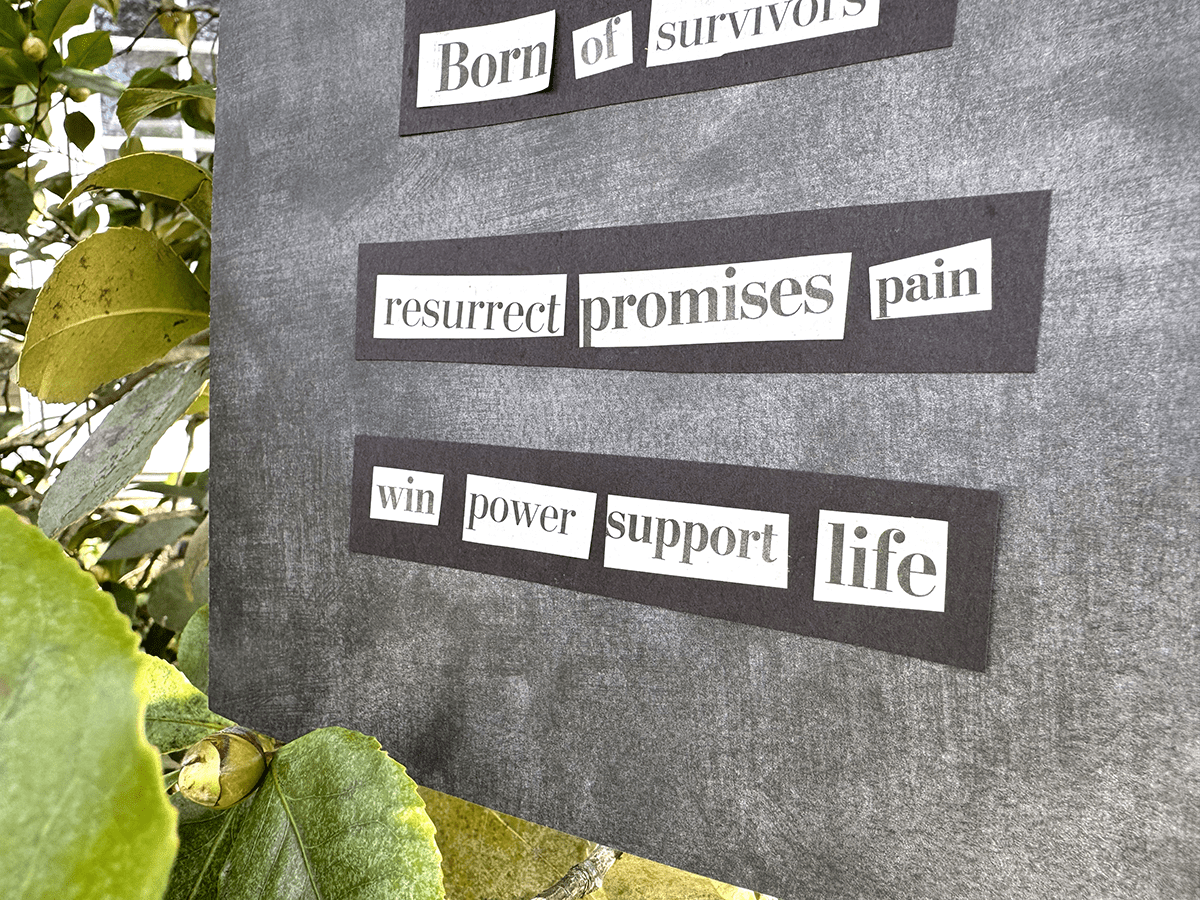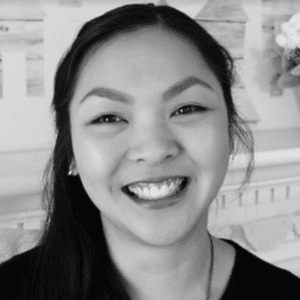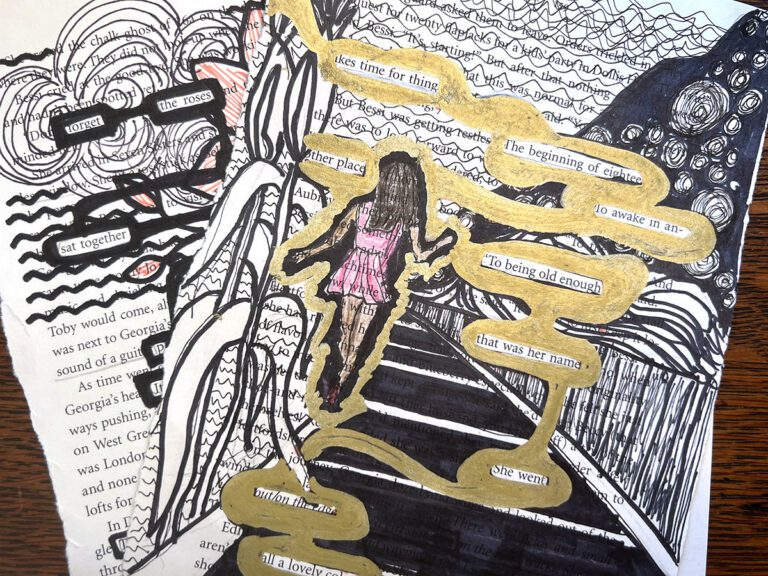Are you looking for a fresh way to hook your students through art, fun, and controlled chaos? Look no further! While many may view poetry as romantic, slow, or boring, there are forms of poetry that are anything but. Plus, incorporating poetry into your lessons is a great way to make cross-curricular connections, strengthen communication skills, and enhance contextual understanding of history, genres, and periods. Let’s specifically dive into the wild and unpredictable world of Dada. You may be surprised at how much your students will appreciate this quick break from their regularly programmed artmaking.
What is Dada?
Dada is an artistic and literary movement formed in response to World War I from 1916 to the mid-1920s. This war brought new weapons, communication, and transportation technology. In a world increasingly focused on machines and logical systems, Dada aimed to break the rules with chance, spontaneity, the unconventional, and the absurd.
In art, Dadaists explored new ways to use, transform, and combine traditional mediums, artforms, and experiences. Collage, photomontage, performance art, and found objects (such as Marcel Duchamp’s “readymades”) exploded! Artistic intent and voice were more important than aesthetics. In literature, Dadaists broke free from the rules of spelling, grammar, and punctuation.
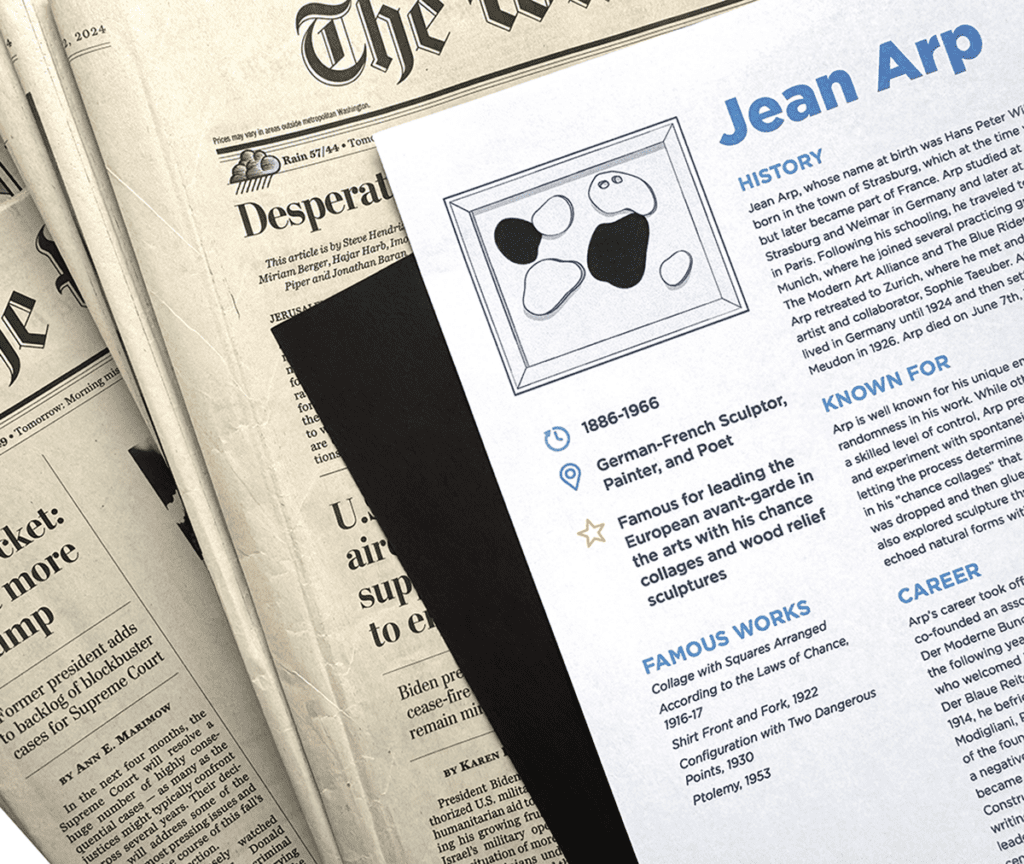
Why should I care about this obscure art movement?
Aside from Dada being a very influential art movement that precedented Surrealism and Pop Art (to name a few), Dada is a student favorite. If you have students who aren’t “interested” in art or aren’t comfortable with their art skills, they are bound to be future Dadaists! Because Dada is highly based on chance and spontaneity, it decreases the “scary” or “serious” factor of drawing in front of others and adds a huge element of surprise and fun. For your perfectionists, Dada will encourage them to “let go” and enjoy the process. This movement will also resonate with your secondary students who are in the developmental brain stage of testing authority. The ideas below will provide safe outlets for your students to express themselves while still learning about art, literature, and history!
Embrace the “nonsense” with the three activities below that merge art and poetry.
1. Cut-Up
There are many variations on how to do this but essentially, students cut words or phrases from a piece of text and piece them back together randomly. Do a similar process to create a “chance collage” like Jean Arp. Introduce Jean Arp with the artist bio from FLEX Curriculum. Students take scraps of paper and drop them onto a base paper. Then, they glue the paper exactly where it lands.
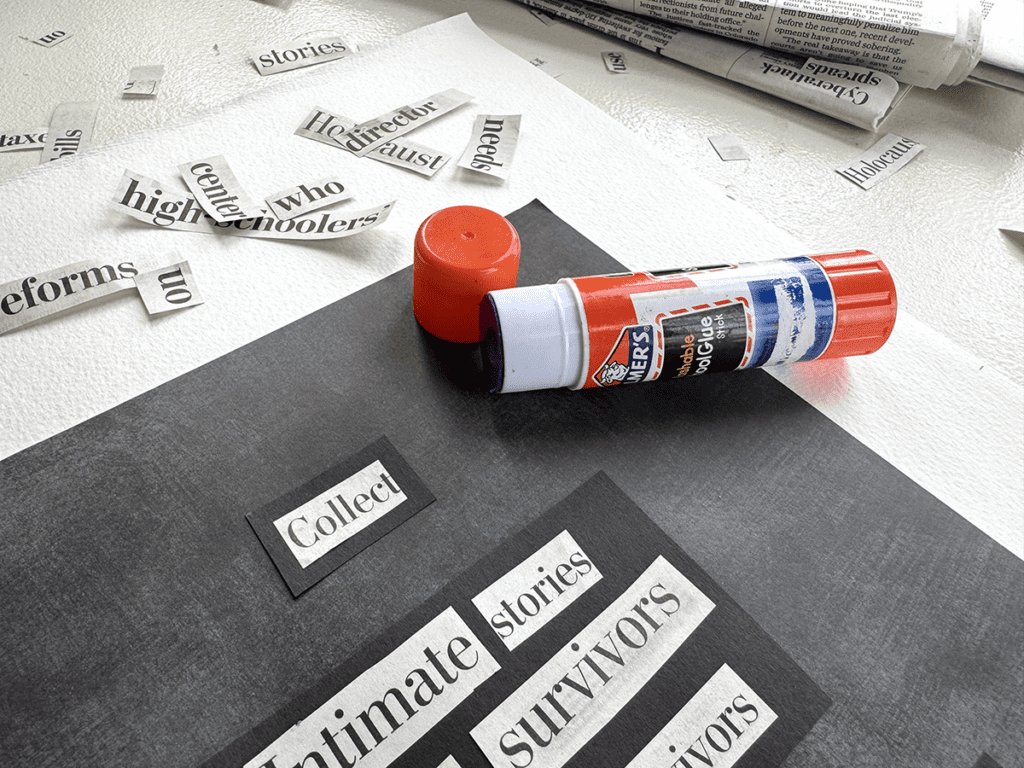
2. Automatic Writing
Many of us (including our students!) love to doodle. Like neurographic drawing, it helps maintain focus during staff meetings or classes and engages the creative side of our brains. If you apply the same mindless process to writing, you’ll get Automatic Writing. Set the scene for students to relax: dim the lights and play soft sounds or music. Students write whatever words come into their train of thought. Feel free to ease into this activity with a simple prompt. Use this as a warm-up to support your classroom management and a calm start to class.
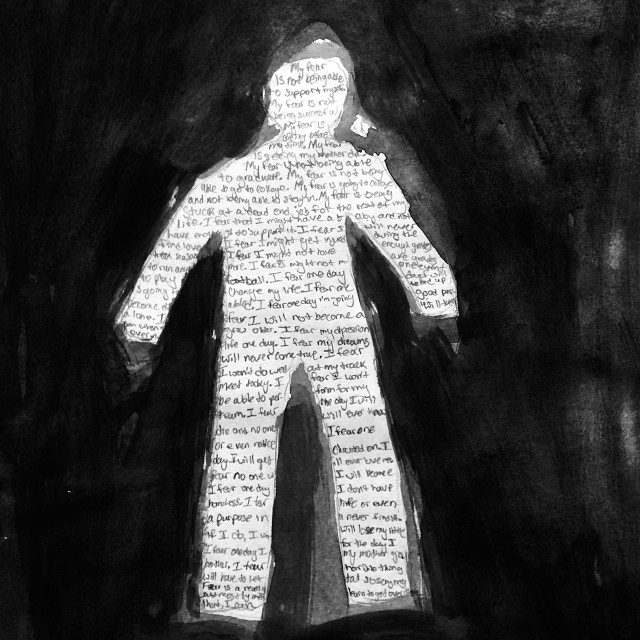
3. Chance
Grab some dice and get rolling! Each number can refer to a specific word in a word bank. Alternatively, take an existing poem and turn it into a new, shortened poem. Each roll will determine the next word. For example, if you roll a three for your first roll, your first word will be the third word. Then, let’s say you roll a six for your second roll. Your second word will be six words from that. Repeat until you have a revised masterpiece!
Likewise, apply the dice roll to drawing to create fun illustrations and stimulate creative thinking. Create your own paper cubes to make custom drawing prompts like elementary art teacher, Candido Crespo.
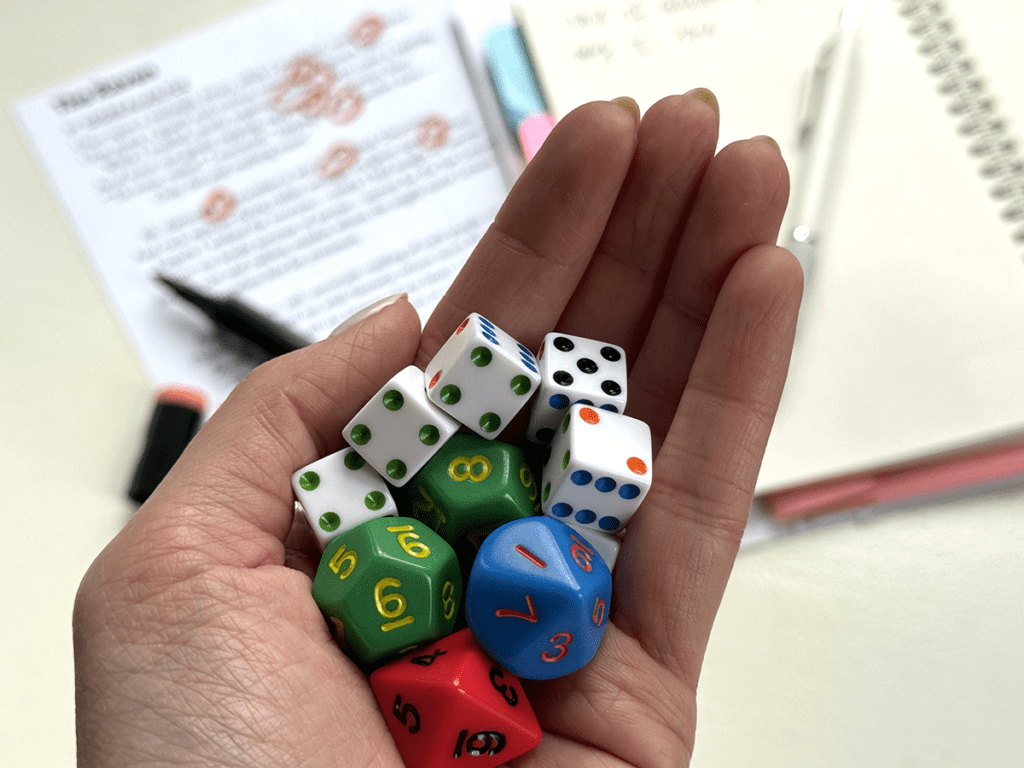
Encourage your students to navigate artmaking with more risk, chance, and opportunity! Try the Transformation: Risk & Chance Collection in FLEX Curriculum. It includes six lesson plans for all age levels that also integrate color theory and contemporary art.
Switch things up in your art room and incorporate Dada poetry for a breath of fresh air from traditional methods and artforms. This new means of expression will spur your students to let go, trust the process, and focus on concepts over aesthetics. Plus, the connections will enrich students’ understanding of art, literature, and history during this era. Try the cut-up method or roll the dice to compose a new poem and collage, or introduce automatic writing to de-stress. Celebrate the unconventional with one of the three activities above to foster boundless possibilities!
Do your students love or hate Dada art?
How do you encourage students to let go in the art room?
Magazine articles and podcasts are opinions of professional education contributors and do not necessarily represent the position of the Art of Education University (AOEU) or its academic offerings. Contributors use terms in the way they are most often talked about in the scope of their educational experiences.
